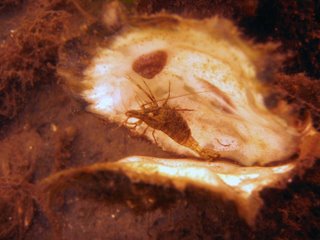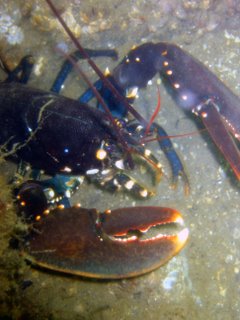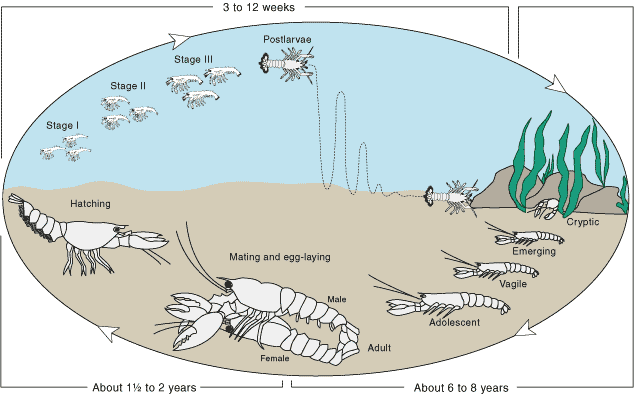Scubadiving in The Netherlands: to do or not to do?
 Whenever planning a vacation, my girlfriend and I always try to end that vacation somewhere close to the beach, preferably with good diving possibilities/opportunities (I am PADI Advanced Open Water diver). Personal examples: Dahab, El Gouna (Red Sea, Egypt), Phi Phi Le island (Thailand), Zanzibar island (Tanzania), Playa del Carmen (Mexico), Dominican Republic and more.
Whenever planning a vacation, my girlfriend and I always try to end that vacation somewhere close to the beach, preferably with good diving possibilities/opportunities (I am PADI Advanced Open Water diver). Personal examples: Dahab, El Gouna (Red Sea, Egypt), Phi Phi Le island (Thailand), Zanzibar island (Tanzania), Playa del Carmen (Mexico), Dominican Republic and more.During those dives (well actually, before and after!) as usual one talks a lot with other divers and where they dived before. I also tell that, about once a year, I go diving in the Netherlands. In the province of Zeeland (de Grev
 elingen) to be precise. Almost always the first remark is "can you see something there?" or "what the h#ll can you see there?".
elingen) to be precise. Almost always the first remark is "can you see something there?" or "what the h#ll can you see there?".When I say that one can see quite a lot, they ask what the visibility is. Then I reply: 3-5 meters.....meanwhile we are of course sitting on a divers boat with great wheather, relaxing from another perfect dive with at least 25 meters visibility...., and last but not least, much warmer water and more colorful underwaterlife...
In order to show foreigners for once and forever that it is worth diving in The Netherlands, I decided to take my digital camera (Canon
 Powershot S50) with underwater housing with me and one of my colleagues joined me (as a witness, ;)).
Powershot S50) with underwater housing with me and one of my colleagues joined me (as a witness, ;)).Of course I was afraid of condensation inside the housing on the lens because of the cold (15-19 degrees C) water. Secondly, I was not sure how to setup my white balance. Usually I do this by taking a small whiteboard with me under water and set my camera in P-mode. In P-mode one can setup the white balance manually by just pointing it at this whiteboard under water and storing that setting. Of course, that did not work out very well in the muddy unclear waters in Zeeland. Those pictures turned out too red (overcompensated). Setting the camera in P-mode to the preset "cloudy",
 Macro and switching the flash on, gave the best results. Enough talking: pictures please?!
Macro and switching the flash on, gave the best results. Enough talking: pictures please?!In the first picture you can see a nice flatfish and a nice hungry crab in the back.
The second picture shows a shrimp which is trying to hide in an empty oister shell.
The third one shows a a big 30 cm crab...
The fourth one shows a a nice North Sea Lobster, ready to attack with only 1 claw left....
The fifth is a lobster with still 2 claws left and the sixth image (not very clear) shows a lobster with
 lobster larvae ?!!! (The general lobster life cycle shown in the graph below)
lobster larvae ?!!! (The general lobster life cycle shown in the graph below)

